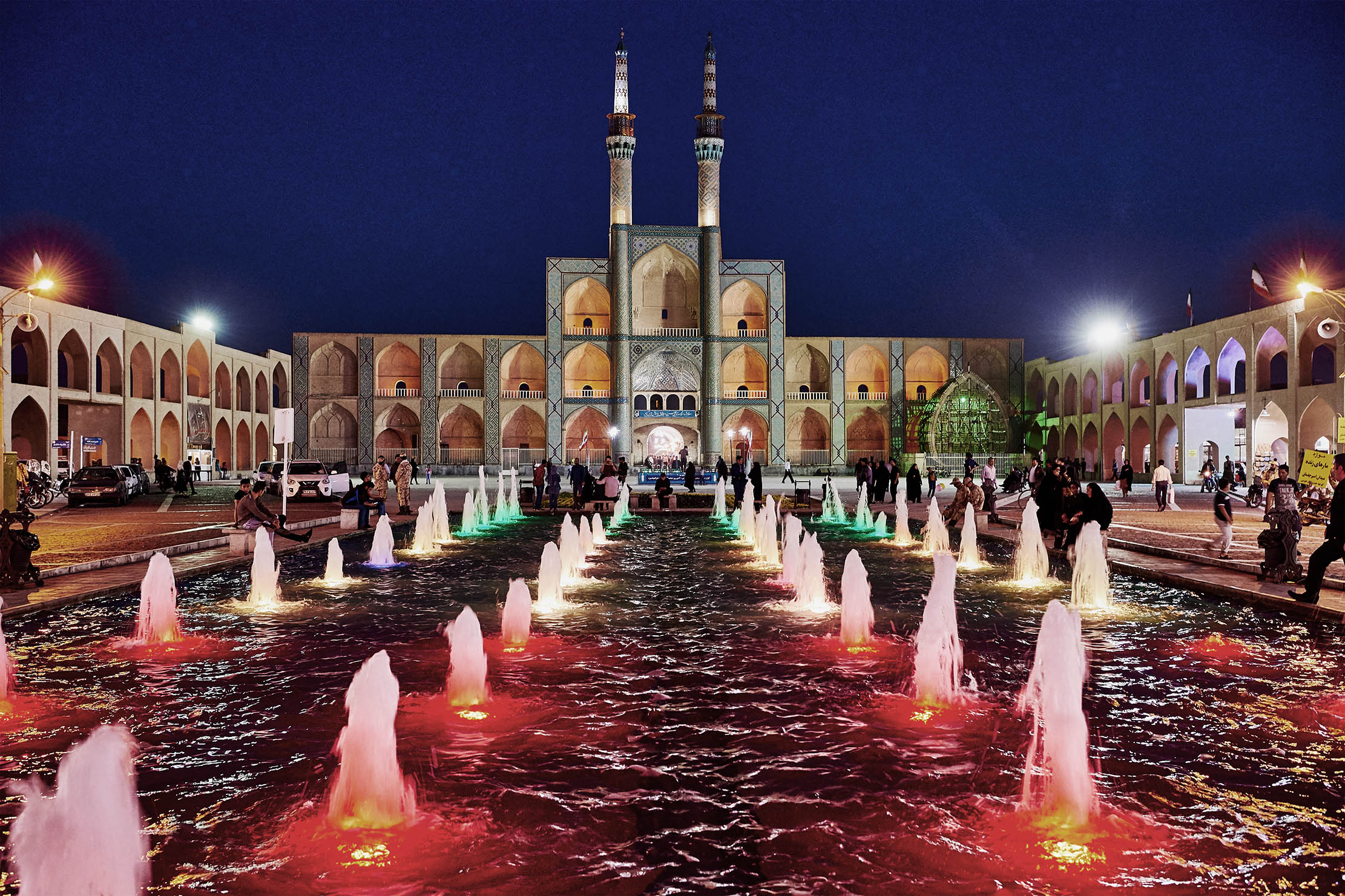
I woke to a dusty landscape, somewhere between the great salt and sand deserts, the mountains near Shir Kuh hazy in the early-morning light. The city, Yazd – a stop on my grand tour of ancient Persia, aboard the luxury Golden Eagle train – is among the most ancient known and is the spiritual home of Zoroastrianism (said to be the one of the oldest monotheistic religions in the world). Lost in the wilderness of Iran’s central plateau, Yazd is also known for its harsh climate and abundant pomegranates.
The train would ultimately transport me, effortlessly, over some 3,700 miles to the country’s principal historic sites, from Tehran to Kerman, Kashan, Isfahan, Shiraz and Persepolis. Names infused with magic and eastern promise.
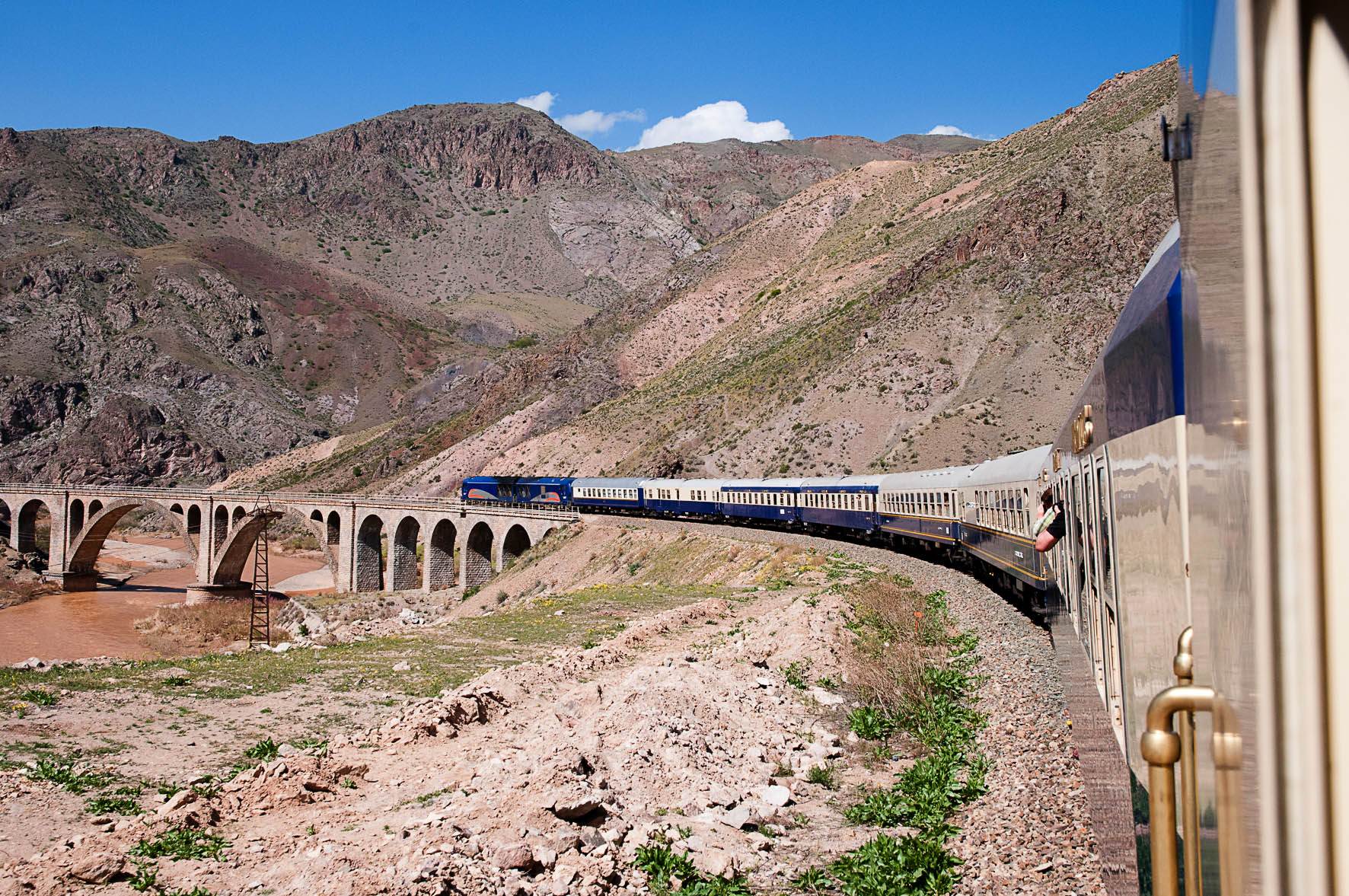
Yazd, in particular, has long held a particular fascination. In Bombay – home to the largest concentration of Zoroastrians, or Parsees as they are known in India, and the city where many have fled from persecution that first began in the 9th century – I had first come across the Towers of Silence. Now, I stood looking at a pair of these 300-year-old circular edifices, perched on a barren hillside.
All around were adobe buildings for mourners and chambers for funeral rites, in which bodies were washed with cow’s urine. Although decommissioned in the 1970s, the site still possesses a strange and numinous beauty.
Zoroastrians hold the four elements – earth, air, fire and water – to be sacred and their dead can therefore be neither cremated nor buried, in order not to pollute earth or fire. During their years of operation, bodies were placed within these towers. Made up of concentric circles, men were placed in the towers’ outermost circle, women in the middle and children closest to the centre – feet all facing inwards – to be consumed by birds.
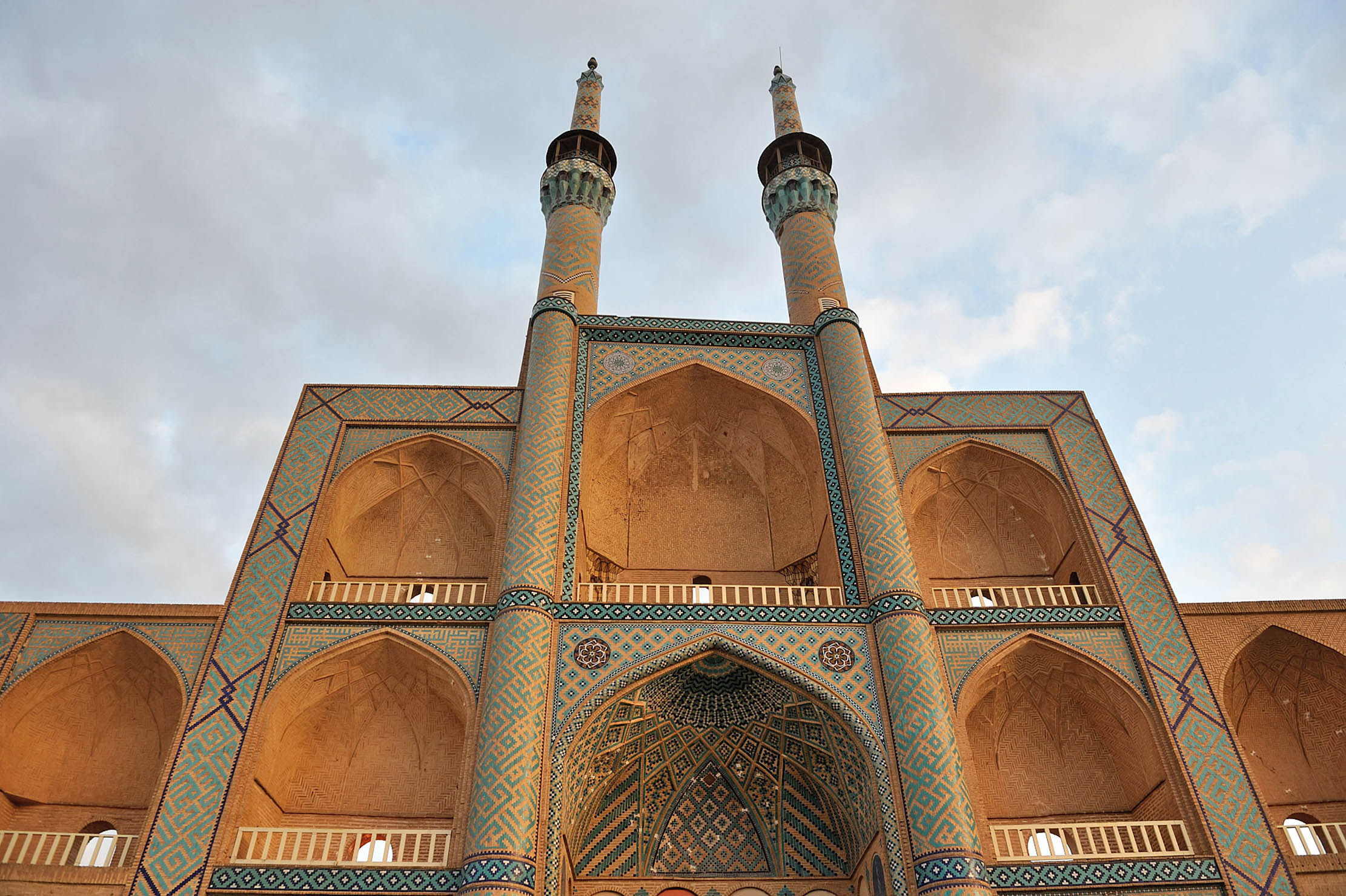
Mourners would remain for four days, after which candles lit on the hillside would be extinguished, signalling that the soul had departed. Only priests and the Salar, charged with preparing the bodies, were permitted inside the towers.
Today, however, I was among a respectful group of tourists climbing the steps to the smaller of the two, Golestan. The last surviving Salar, now 86 years old, still lives in the nearby cemetery, where Zoroastrians are currently laid to rest in tombs lined with protective concrete. Due in part to Orthodoxy’s ban on intermarriage, the population has dwindled to a mere 125,000 worldwide.
Exquisite houses, the beauty of Nature, and how to get the most from your life, straight to your inbox.
Although traditions fall prey to the march of time, thanks to its inaccessibility, Yazd retains much authenticity and charm. On his visit in 1272, Marco Polo praised it as a ‘good and noble city’ and wrote with admiration of its booming trade in silk textiles. Such handicraft shops abound still in alleys and courtyards and around the huge Amir Chakhmar Square, with its triple-storey façade.
This serves as a backdrop to the various processions and passion plays that annually commemorate the martyrdom of Imam Hussein, third of the Twelve Immans of Sh’ia Islam, in ad680. I could only imagine the fervour of this annual festival of mourning and self-flagellation, relieved that I was not in its midst.
If this all sounds a little sombre, Haj Khalifeh soon lightened the mood. The hospitable owners of this famous sweetshop offered up their irresistible baklava and pistachio goodies while locals milled around us, ordering sweetmeats by the hundredweight.
Islam, which led to the fall of the Sassanian Empire in ad651 and the decline of Zoroastrianism, is represented in all its glory in the 14th-century Friday Mosque, so admired by Robert Byron in 1934.

With my fellow train passengers (because we could wander nowhere unaccompanied by an official guide), I walked down a colourful street of cafes and antique and carpet shops, towards a monumental gateway that dwarfs the dome of the mosque beyond.
Such is the exuberance of the muqarnas (stalactites) and ocean of geometric and stylised calligraphic tiles that adorn every surface that their creator couldn’t resist a little self-promotion. ‘Yazdi made these tiles’ boasts a tile placed prominently in the mihrab (indicates the direction of the Kaaba in Mecca), for all to see.
‘Bride of the Desert’, ‘City of Wind-Catchers’ – such are Yazd’s romantic epithets. A walk through the Old Town soon reveals why. Wonderfully preserved desert architecture including egg-domed adobe houses and water cisterns – cooled by distinctive slatted towers that catch the wind and circulate air within – crowd the narrow, winding alleys and small squares. Tunnel-like passages, covered for protection from the sun, are the chosen abode of languorous cats.
There are few windows visible, modesty and sandstorms decreeing that everything face inwards towards fragrant gardens. Studded wooden doors are the only adornment on the outer walls.
And here’s the fun part. They have two suggestively shaped knockers – one high-pitched and female in form, the other pendulous in shape with a deeper sound. ‘You knock with one or the other, depending on whom you’ve come to see,’ explains our guide. ‘That way, women of the harem knew whether to cover themselves up.’
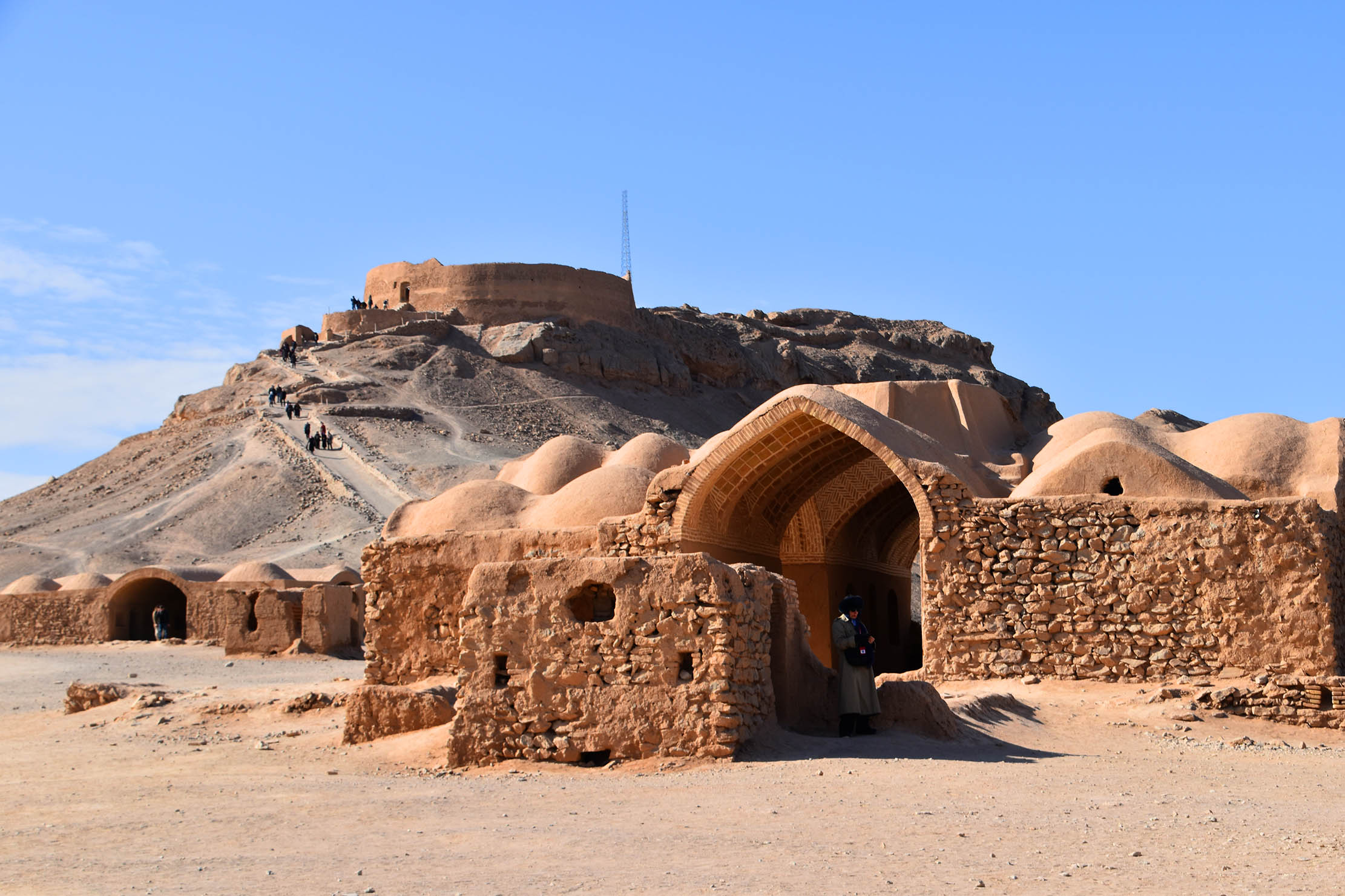
Islam, together with Judaism and Christianity, owes many of its beliefs and customs to the teachings of the founder of Zoroastrianism, Prophet Zarathustra. It therefore seemed fitting that our last stop should be the Fire Temple, the Farvahar – one of the best-known symbols of Zoroastrianism – spread protectively above the entrance.
More recently, the Faravahar has assumed secular significance and is the most worn pendant among Iranians. Inside the Temple, the scared fire, which legend says was issued from a thunderbolt some 1,500 years ago, still burns bright – the eternal symbol of light and hope.
The next 14-day Heart of Persia tour will take place in March 2020. From £16,295 per person on an all-inclusive basis, travelling in a Gold Class cabin aboard the Golden Eagle – www.goldeneagleluxurytrains.com. Allow eight weeks for your visa, from £165 for UK passport holders. Your recommended reading for the train is Iran: Persia: Ancient and Modern by Helen Loveday (Odyssey, £15.95).
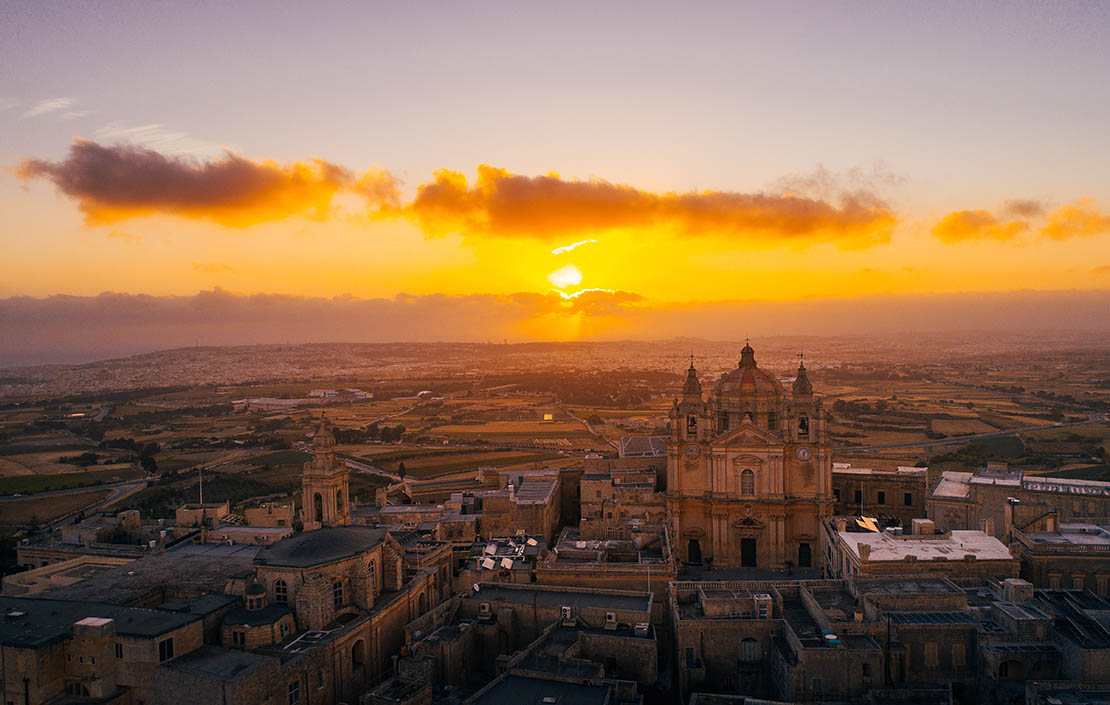
A wine tour of Malta: New tastes, a wine-making sage and endless rough and ready charm
Malta has long had a reputation for beautiful scenery, great weather and majestic architecture, but it also has a burgeoning

What it was like to ride the last steam train in Britain, by the passengers of the 'Fifteen Guinea Special'
It's exactly 50 years since the last passenger steam train in Britain made its way from Liverpool to Carlisle and
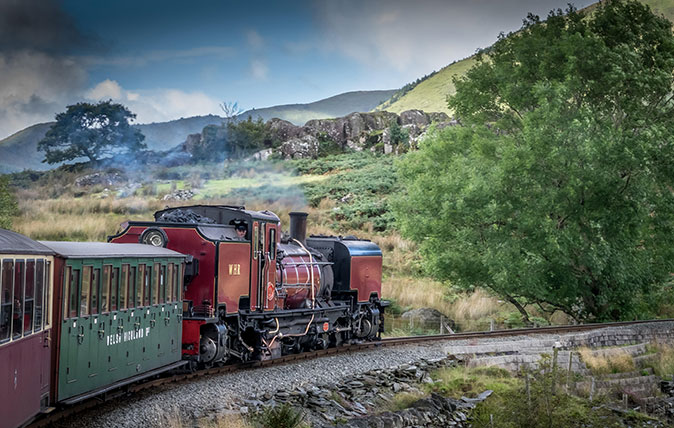
Credit: Alamy
Britain's most beautiful narrow-gauge railways, from Norfolk to Wales
Toby Keel is Country Life's Digital Director, and has been running the website and social media channels since 2016. A former sports journalist, he writes about property, cars, lifestyle, travel, nature.

